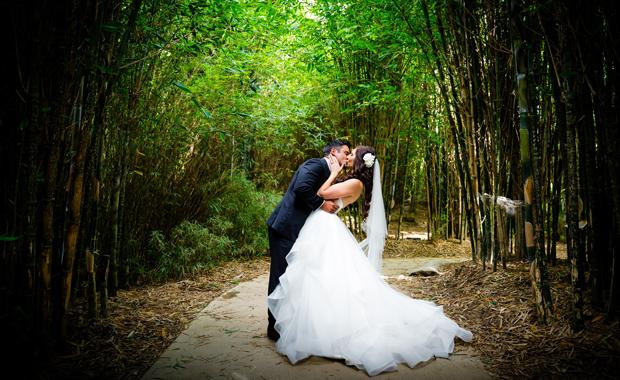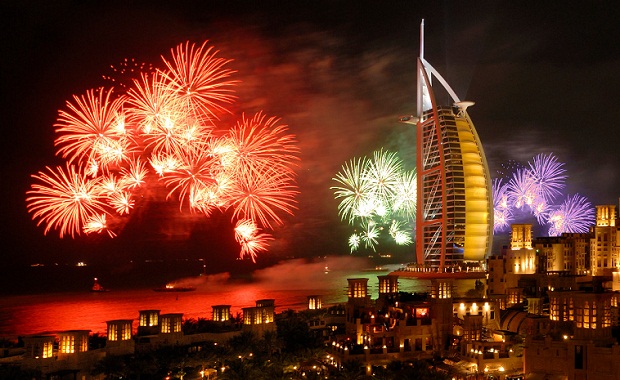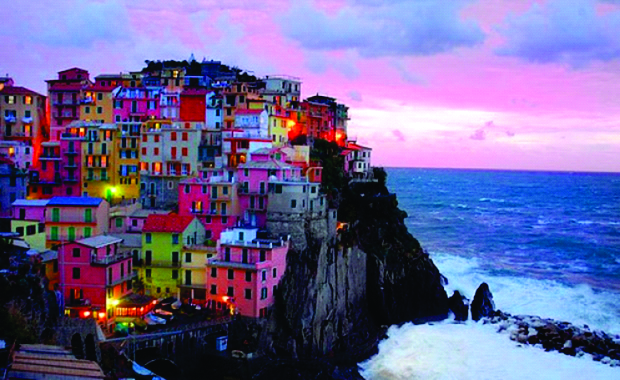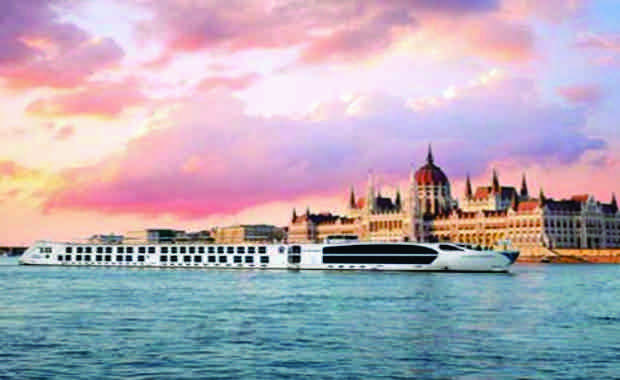Splendors of Italy – 2018
15 DAYS FROM MILAN TO ROME

Embrace la dolce vita on a culturally rich journey through beautiful Italia
Italy’s myriad splendours are known the world over, and you’ll encounter your first of many in Milan, where you’ll see Da Vinci’s The Last Supper. Delve into the luminous architectural and artistic highlights of water-bound Venice and discover Northern Italy’s gems: Verona, Padua, Bologna and Ferrara.
Then travel to Florence, where the Renaissance began. See astonishing works by Michelangelo, Rafael, Donatello and Boticelli, and savor a spectacular homemade lunch and a Chianti wine tasting at Castello di Verrazzano. A fitting end to your Italian adventure awaits in Rome with all of its wonders—the Colosseum, St. Peter’s Basilica, Vatican Museum, Trevi Fountain, Sistine Chapel and so much more.
Who will enjoy this cruise/tour
Art lovers who want to trace the Renaissance treasures from Italy’s most famous cities—Rome, Florence, Venice and Milan.
Generations Family Programme (select sailings)
Share the enchantment of this region with the special young people in your life. These cruise/tours not only feature unique, fun-filled adventures for families to enjoy together, they’re also packed with culturally and historically significant experiences designed to spark creativity and lifelong learning.

Ornate Renaissance palaces. Centuries-old canals. Modern-day gladiators in make-believe combat. Every member of the family will be enthralled on this epic Italian journey. From the fast-paced fashion world of Milan to old-school gastronomy in the rustic regions of Tuscany and Chianti, there’s a time and place for everything Italiano. And when you toss a coin in the famous Trevi Fountain and tour the Medici family’s Palazzo Vecchio, you’ll wish you could stay forever.


Day To Day Itinerary
DAY 1: Milan
DAY 2: Milan
DAY 3: Milan, Verona (Valpolicella), Transfer to Venice (Embark)
DAY 4: Venice
DAY 5: Chioggia
DAY 6: Polesella (Bologna or Ferrara)
DAY 7: Taglio di Po, Chioggia
Choice of Chioggia market visit with lunch onboard
DAY 8: Venice Islands (Burano, Mazzorbo, Torcello)
DAY 9: Venice
DAY 10: Venice (Disembark), Transfer to Florence
DAY 11: Florence
DAY 12: Florence, Transfer to Rome
DAY 13: Rome
DAY 14: Rome
DAY 15: Depart Rome





